In today’s customer-focused business landscape, where call centers aren’t viewed as cost centers anymore – at least by the majority of business leaders – call center cost reduction still remains a priority goal for many organizations, especially those impacted by the economic uncertainties.
So, how do you reduce call center expenses in an effective and employee-friendly way? Based on our own experience of over 15 years in the contact center industry, in this blog, we’ve collected the top 10 call center cost reduction strategies you can implement at your call center to reduce operational costs without sacrificing the quality of your customer service and overwhelming your agents.
10 Tried-and-true Call Center Cost Reduction Strategies
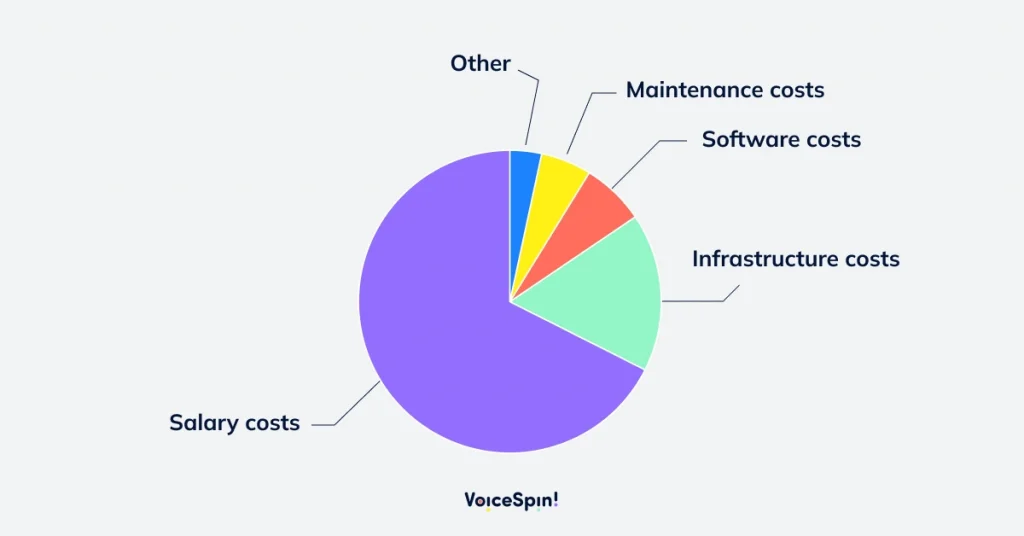
Cutting costs in contact centers doesn’t have to be challenging once you know where to focus your efforts and resources on. Let’s explore the most impactful cost savings ideas for call centers that can help you reduce call center costs without compromising service quality and customer satisfaction.
1. Adjust your call routing strategy
Having an efficient call routing strategy in place is one of the best ways to reduce your call center operating costs while also optimizing resource utilization. Intelligent call routing strategies, such as skills-based routing or predictive behavioral routing, use complex algorithms to route incoming calls based on a number of variables, including caller’s location, history of previous customer interactions, past behavior, agent skills, and other factors to match each caller with the best-fitting agent who can serve them in the most optimal way from the get-go.
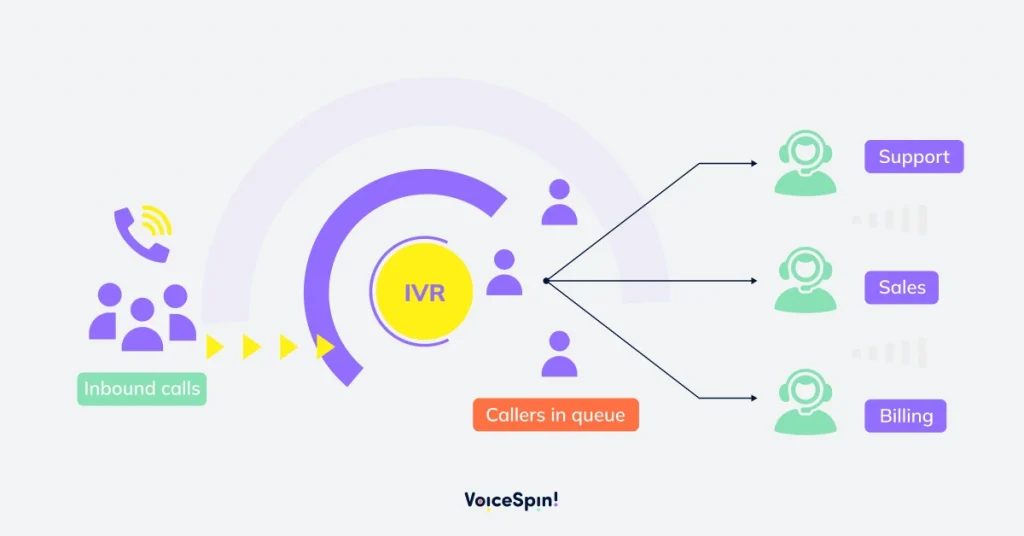
By connecting incoming callers to the most appropriate service reps, you can eliminate the need for call transfers and escalations that might only frustrate your customers as they are trying to get a hold of someone who can adequately meet their needs. As a result, you can increase First Call Resolution rates, reduce the Average Handle Time, and improve Customer Satisfaction Scores (CSAT) – the metrics that directly correlate with cost reduction (we’ll talk about it in more detail below).
2. Implement AI tools for automation
AI predictive dialer
If your call center relies on outbound calling, using an AI predictive dialer to run your outbound calling campaigns is an excellent way to cut down on your operating costs. With predictive dialers, your sales reps don’t have to waste time dialing phone numbers manually (often resulting in human errors), wait for an answer on the other end, or deal with busy signals and disconnected numbers. The dialer connects agents only to calls answered by a live person.
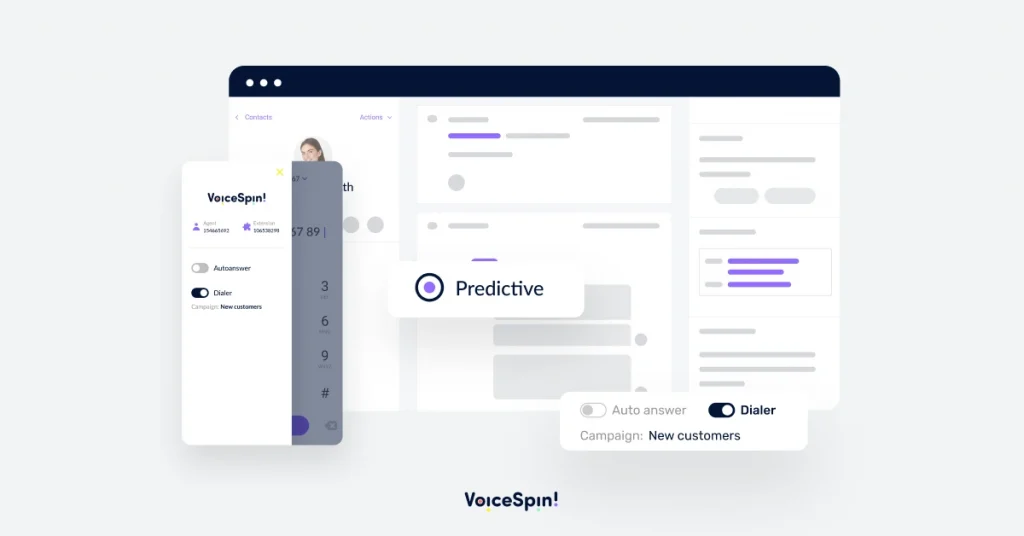
Better yet, predictive dialers dial multiple numbers simultaneously and immediately connect an agent to the next call as soon as they complete their current interaction because they use AI and machine learning to automatically adjust the dialing pace and predict agent availability based on real-time and historical metrics. That minimizes agent idle time between calls, increases agent talk times by up to 300%, and ultimately means more interactions with leads and more sales conversions at a lower cost per call.
Recommended reading: 5 Best Predictive Dialer Software for 2025
AI voice bot
Implementing an AI voice bot is another way to reduce your call center costs. Firstly, AI voice bots (also known as AI voice agents) can respond to your inbound calls, answer common questions about your products or services, schedule appointments, and do other actions. And considering that a bot can handle hundreds of calls simultaneously while also operating 24/7 – cost-reduction opportunities are obvious, especially for call centers with high call volumes.
On top of that, some AI voice bots (AI calling bots) can also initiate and handle outbound calls independently, which can automate your entire cold calling process. AI voice bots can provide accurate information about your products or services, qualify leads based on your criteria by asking them pre-qualification questions, capture lead information, schedule meetings or demo calls, and even handle follow-up interactions. That saves your sales reps a bunch of time and effort and allows them to focus only on interacting with high-potential leads.
Recommended reading: Customer Service AI Voice Bots: The Ultimate Guide
AI chatbot
AI chatbots also play a significant role in reducing call center costs by automating customer interactions, improving efficiency, and minimizing the need for large support teams. And they are becoming incredibly popular among consumers. According to stats published by Outgrow, 56% of consumers prefer to use chatbots over calling customer support because they provide quick answers to simple questions.
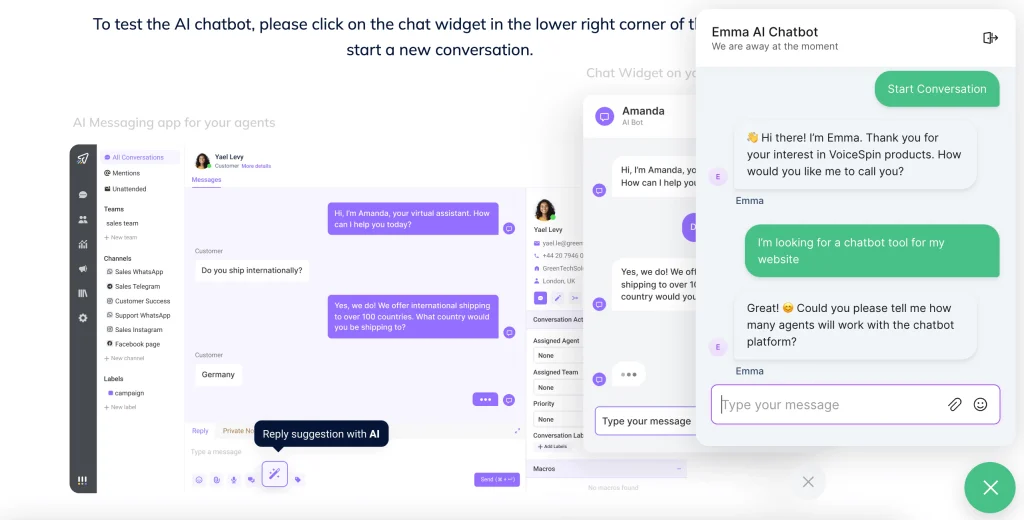
Today’s AI-powered chatbots aren’t just great at answering most common questions or directing your customers to your knowledge base articles. When integrated with third-party systems like CRM, calendar software, and e-commerce platforms, AI chatbots can retrieve information and perform specific actions in these systems like booking appointments, checking order statuses, handling product returns, processing refunds, and more. What’s even better, AI chatbots can improve over time by learning from past interactions.
Recommended reading: Customer Service Chatbots: A Complete Guide for 2025
3. Enhance your self-service resources
If you aren’t yet ready to implement an AI voice bot or a chatbot, another call center cost savings strategy is to simply enhance your existing self-service resources. That enables your customers to find answers to their questions and resolve issues independently without having to pick up the phone and call your support team in the first place. And that also reduces your inbound call volume and lowers costs associated with telephony. In fact, many consumers would readily jump at the opportunity to help themselves if provided with self-service options.
A study by Salesforce actually revealed that 43% of consumers prefer using online self-help portals, and 41% prefer knowledge bases over other customer support channels when communicating with brands.
Besides knowledge bases and online portals, self-service resources may include FAQ pages, e-books, how-to video guides, etc. – anything that can help your customers find information and solutions without needing to involve your human reps. The key is to identify the most common requests which account for most call volumes and address them through your self-service knowledge resources.
4. Move to the cloud and optimize cloud infrastructure costs
With the emergence and widespread adoption of cloud-based contact center tools, expensive on-premise solutions are increasingly becoming a thing of the past. With a cloud-based call center solution, you get the same capabilities as on-premises systems but without upfront hardware costs. Pay-as-you-go pricing models of cloud-based solutions allow you to pay only for the resources you need, as well as scale your operations as required based on your call volumes.
You would also require less IT support and won’t have to pay for maintenance and upgrades as these are already included as part of the service, which means considerable cost savings. According to a BCG report, organizations can save 15-40% on infrastructure costs by migrating to the cloud.
And for large companies, the savings can be even bigger. By leveraging cloud cost optimization strategies and professional cloud cost management tools, organizations can dramatically cut down on their overall cloud expenses and operational overhead, which can strain their budget. E.g., at VoiceSpin, we’ve managed to reduce our cloud infrastructure costs by as much as 50% by taking advantage of Shibuya cloud cost optimization platform.
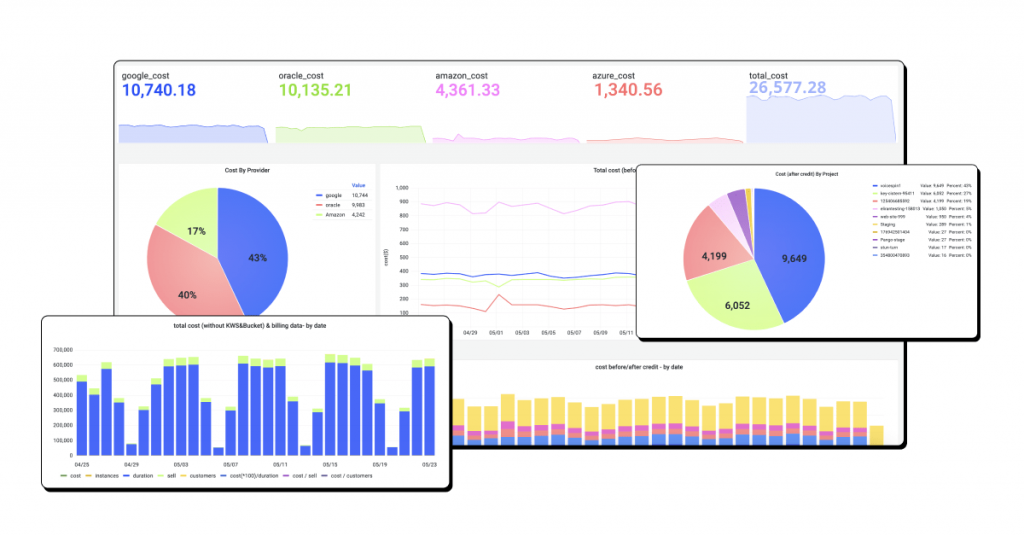
5. Focus on improving the right call center metrics
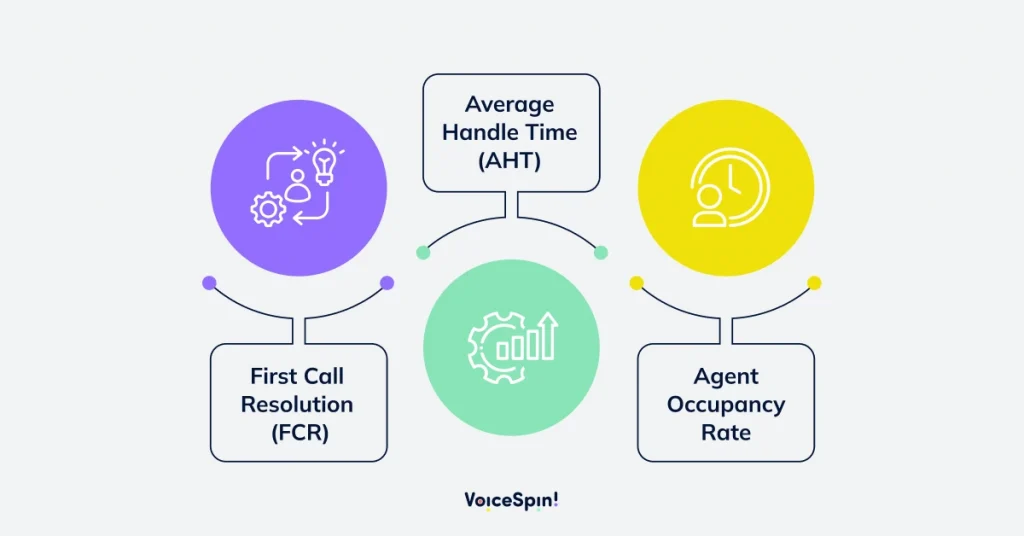
You can achieve cost savings by continuously measuring and focusing your efforts on improving specific call center metrics and KPIs associated with call center cost optimization. Here are the most critical ones:
First Call Resolution (FCR)
When the majority of customer requests are resolved on the first call, that reduces the number of repeat calls, escalations, and the overall inbound call volume while also increasing CSAT scores and reducing the cost per call. Research by Service Quality Measurement Group found that for every 1% improvement in FCR, call centers can reduce operating costs by 1%. Integrating call center software with your CRM system provides agents with instant access to a 360-degree customer view, allowing them to resolve issues more efficiently and improving FCR rates.
Average Handle Time (AHT)
A shorter AHT means agents can handle more calls in less time, reducing the cost per call. One of the best ways to reduce the Average Handle Time is to provide agents with a robust knowledge base where they can easily locate the necessary information and resolve customer issues faster. Ready-made call scripts and canned responses can also speed up the resolution process.
Agent Occupancy Rate
Increasing your agent occupancy rate (the percentage of time agents spend on active calls or performing call-related tasks compared to their available working time) by minimizing idle time and maximizing productive call-handling time improves resource utilization and lowers your call center costs. The occupancy rate can be increased by means of automating call center processes and agent workflows.
6. Use speech analytics tools to uncover inefficiencies
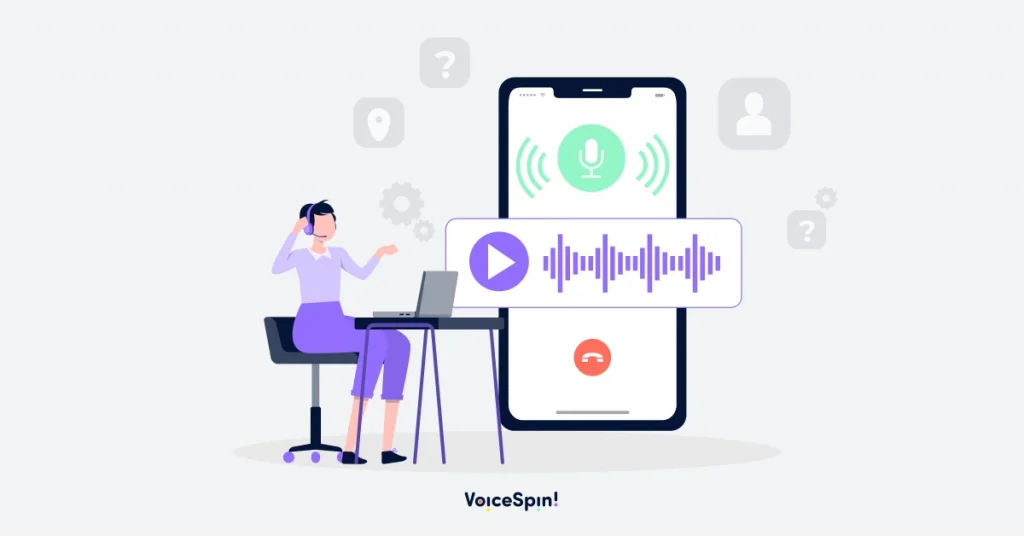
Speech analytics software can help contact centers save money in several ways. By utilizing speech recognition through artificial intelligence (AI), natural language processing (NLP), and machine learning (ML) technologies to transcribe and analyze calls in real time, these tools can help you easier uncover and understand the root causes of inefficiencies in your processes, policies, or technology that cause high call volumes, repeat calls, escalations, and customer dissatisfaction.
Managers can also get valuable insights into agent performance, identify specific training needs, and focus on targeted coaching sessions, which reduces the need for repetitive or unnecessary training, leading to cost savings.
What’s even more critical, speech analytics tools can help call centers to adhere to legal and regulatory requirements by automatically flagging any instances of compliance violations through keyword spotting. This way, call centers can take proactive measures to reduce the risk of non-compliance penalties and costly fines, thus helping you avoid legal expenses.
Recommended reading: Speech Analytics in Call Centers: Unlocking the Potential of Voice Data
7. Invest in agent training and development
Investing in agent training and development might not bring immediate cost-savings to your call center operations, but it’s an important strategic commitment that will eventually help you reduce costs in a long-term perspective. And that should definitely start with the onboarding process. A Glassdoor study found that a strong onboarding process can improve employee productivity by as much as over 70%.
By ensuring that your contact center agents have sufficient knowledge of your products or services and are well-trained on the most essential call-handling skills like problem-solving and conflict resolution, you can improve your First Call Resolution rates and decrease handle time while delivering high service quality and increasing CSAT scores. That also reduces the number of escalated calls and callbacks about the same issues.
When it comes to outbound call centers where agents mostly deal with cold calling, it’s essential to train them on the best cold calling techniques and how to properly handle objections, which can improve your cold calling success rates and ultimately decrease the cost per call. Real-time call monitoring and speech analytics are some of the great call center tools that can enhance your agent training and call coaching processes.
8. Reduce call center turnover
Given typically high turnover rates in contact centers (between 30-45%), leaders and managers should take this one seriously. Involving both direct and indirect costs, high turnover rates can have a negative impact on a call center’s bottom line in many ways. First, think of recruitment, agent onboarding, and training costs. A Deloitte survey found that it takes about $12,000 to replace the average frontline employee, while according to Harvard Business Review researcher Keith Ferrazzi, it costs between $10,000–$20,000 to replace a call center agent.
Then, add up the indirect costs that are much harder to estimate but can be equally severe. The negative impact on customer experience is just one example. When agents leave, it disrupts call center operations, creating a gap in staffing, which may result in longer wait times and call handling times, higher call abandonment rates, and reduced service levels. That leads to poor customer experience, more dissatisfied customers, increased customer churn, and potential revenue loss.
Not to mention lowered employee morale among the remaining team members, as constantly seeing colleagues leave creates a negative work environment and decreases engagement levels and productivity. By analyzing the causes of employee turnover and timely addressing them, you can improve agent retention and reduce turnover-related expenses.
9. Hire remote call center agents
While managing remote call center agents effectively may come with certain challenges, such as maintaining consistent communication and collaboration and providing an adequate level of support and supervision, it actually has the potential for significant cost savings. By hiring remote team members, you can reduce facility-related costs and overhead expenses associated with on-site employees (like rent, utilities, equipment, furniture, office supplies, employee amenities, etc.).
Remote hiring also opens up the opportunity to tap into a larger and more diverse talent pool, enabling call centers to recruit agents from different locations, including areas with lower labor costs, leading to potential savings in terms of salaries and benefits. Then, with a remote, geographically distributed workforce, you have greater flexibility in scheduling and adjusting staffing levels during high call volumes and periods of lower demand.
On top of that, by enabling employees to work remotely, you can reap the benefits of increased productivity and performance. According to the ‘State of Remote Work Report’ by Owl Labs, two-thirds (62%) of workers feel more productive when working remotely. The same research also found that if the ability to work from home was taken away, 66% of workers would immediately start looking for a job that offered flexibility, and 39% would simply leave. That means by supporting remote and hybrid work environments, you can also reduce employee turnover and associated costs.
10. Explore outsourcing opportunities
Outsourcing call center operations to third parties who already have an established infrastructure, a skilled talent pool, efficient hiring processes, and training programs can result in cost reduction, especially if you consider outsourcing to regions with lower labor costs. That especially makes sense for businesses with fluctuating call volumes and small-sized organizations.
By outsourcing to a call center service provider, businesses eliminate the need to invest in call center technology, infrastructure, facilities, recruitment, hiring, and training – an outsourcing partner takes care of it all. The only challenge associated with outsourcing is finding a reliable partner – you should thoroughly evaluate the provider’s capabilities, track record, security measures, and cultural fit to ensure ongoing service quality.
Wrapping up and How VoiceSpin Can Help You Reduce Call Center Costs
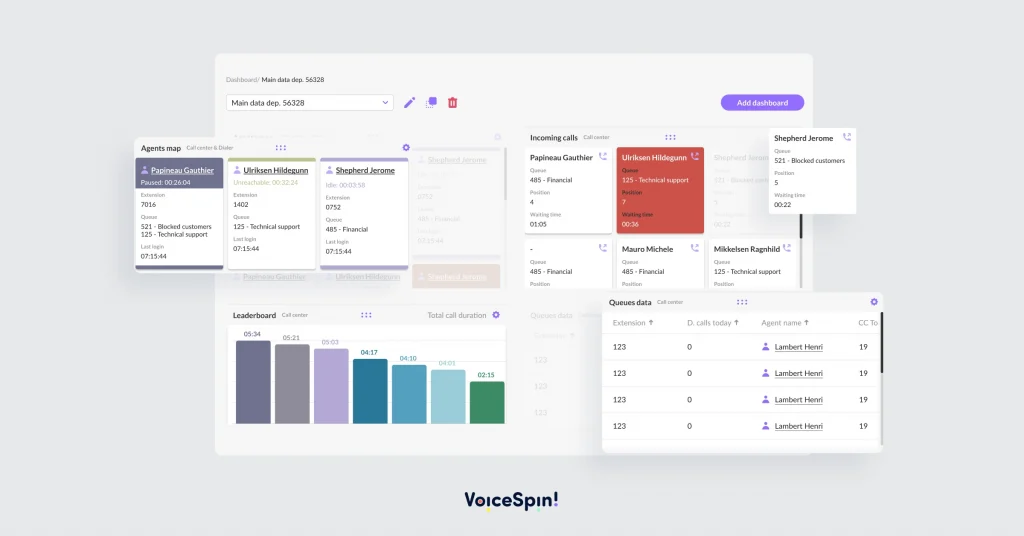
Taking advantage of the strategies mentioned above – if you manage to implement at least some of them – can undoubtedly help you cut back on your overall call center costs. With VoiceSpin’s AI contact center software solutions, you can do it in several ways:
- Call routing and IVR: With features like custom call routing and multi-level IVR, you can reduce call transfers and average handle times and improve your FCR rates by ensuring inbound callers are always routed to the right teams and agents.
- AI voice bot: With an AI voice bot that can automatically handle inbound and outbound calls, you can automate your call center operations while freeing up your reps to focus on complex interactions that require human assistance.
- AI chatbot: An AI chatbot can reduce your inbound call volume and support costs by handling basic customer requests independently. The bot supports 50+ languages, maintains natural dialogue, and improves over time by learning from feedback.
- AI predictive dialer: An AI predictive dialer can dramatically increase the efficiency of your outbound calling campaigns by increasing the number of calls your sales reps can handle and improving conversions through intelligent lead distribution.
- AI speech analytics: An AI Speech Analyzer can automate your entire QA and agent performance monitoring process, help you uncover improvement opportunities, and prevent non-compliance issues that might cause hefty penalties and revenue loss.
- CRM integrations: Integrating your call center software with your CRM helps your reps resolve customer’s issues quicker and better personalize each interaction. VoiceSpin offers 50+ integrations with the leading CRM systems and custom integration options.
Book a demo with our sales team learn more about how VoiceSpin’s AI contact center solutions can help you cut down on your call center operating costs, all while keeping your service level consistently high.
FAQs
What is the biggest expense in a call center?
The biggest expense in a call center is typically labor costs. That includes employee salaries, training, benefits, and costs associated with agent turnover (which is historically high in the call center industry) and recruitment. Overall, these expenses can account for over 50% of the total operating budget of a call center. Infrastructure costs (including technology, telecom expenses, office space, and utilities) make up the rest. You can reduce labor costs in your call center by automating operations with AI-powered tools (like chatbots and voice bots), lowering turnover, and improving employee retention.
What is the average cost per call in a call center?
Industry benchmarks suggest that the average cost per call in call centers could range between $2.70 – $5.60, depending on the industry, geographic location, call complexity, and whether it’s inbound or outbound. And that number can be significantly higher for complex technical support or B2B sales calls. Industries like healthcare and finance typically have higher costs per call because of longer handle times. You can calculate your average cost per call by dividing your total call center costs over a specific period by the total number of handled calls during the same period.
Can AI reduce call center costs?
Absolutely! For example, AI tools like chatbots and voice bots (voice agents) can help you reduce call center costs by automating operations and lowering the number of calls that require human assistance and your staffing needs. AI-powered chatbots and voice bots can easily answer FAQs, help your customers resolve basic issues, schedule appointments, and do so much more – all without getting your reps involved. On top of that, AI bots can handle hundreds or even thousands of interactions simultaneously, which allows you to handle higher volumes of support requests without having to hire more human reps.
What’s the best KPI to track for cost reduction?
If you’re focused on reducing your call center costs, cost per resolution (CPR) is one of the key metrics you should pay close attention to. Unlike simply tracking cost per call, cost per resolution provides a more accurate picture of your operational efficiency because it accounts for call transfers and follow-ups needed to fully resolve each issue. Other critical metrics and KPIs to track include Average Handle Times (AHT) and First Call Resolution (FCR) rates. Reducing AHT and improving FCR can reduce your cost per call and cost per resolution.

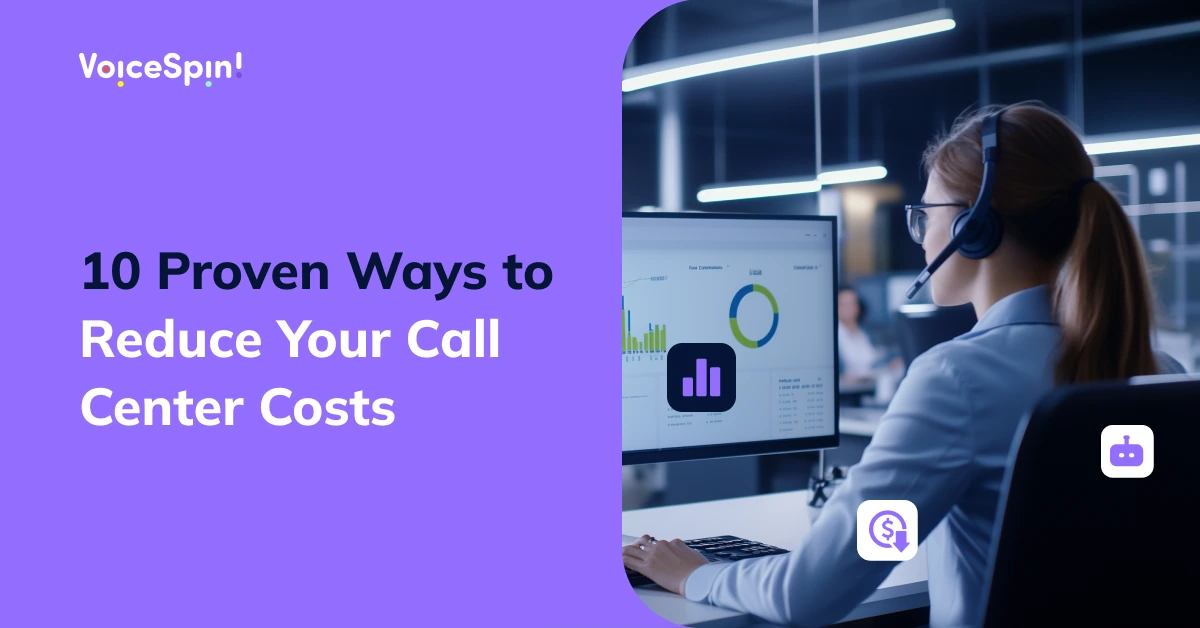


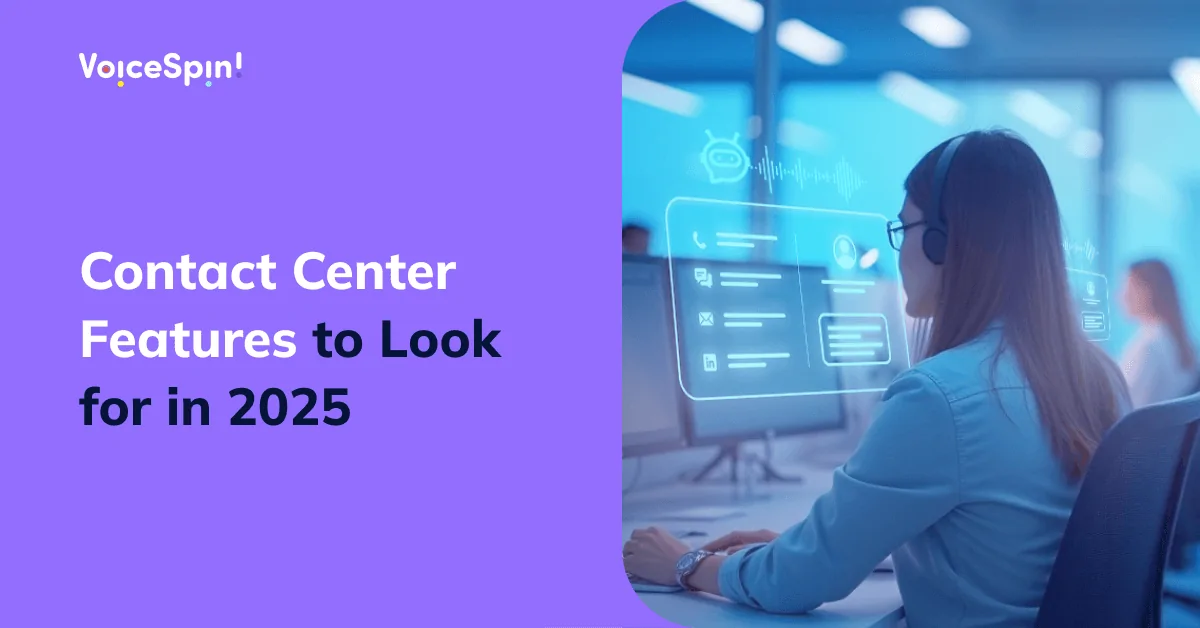
 +18889082995
+18889082995
 +442036084160
+442036084160
 +97237237006
+97237237006